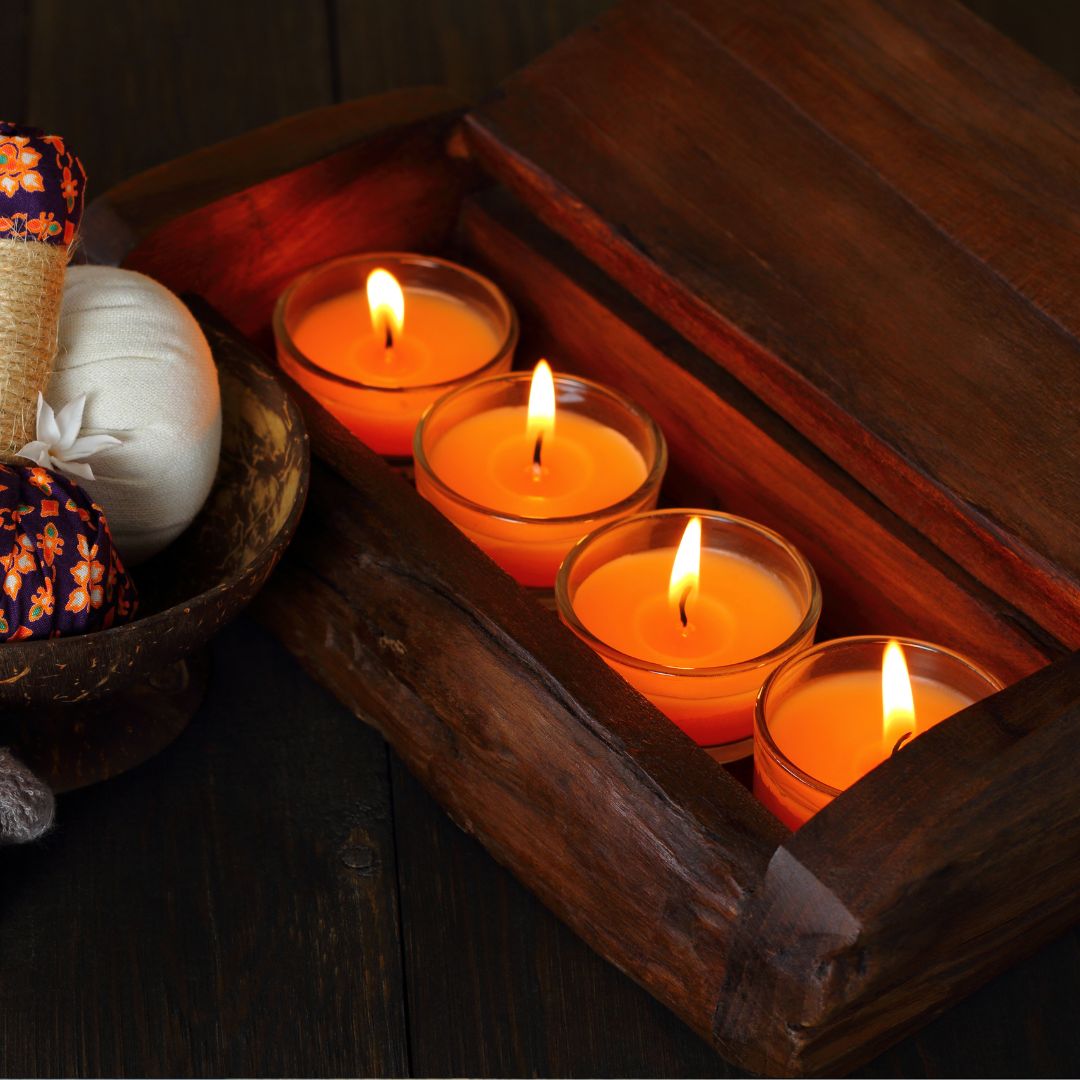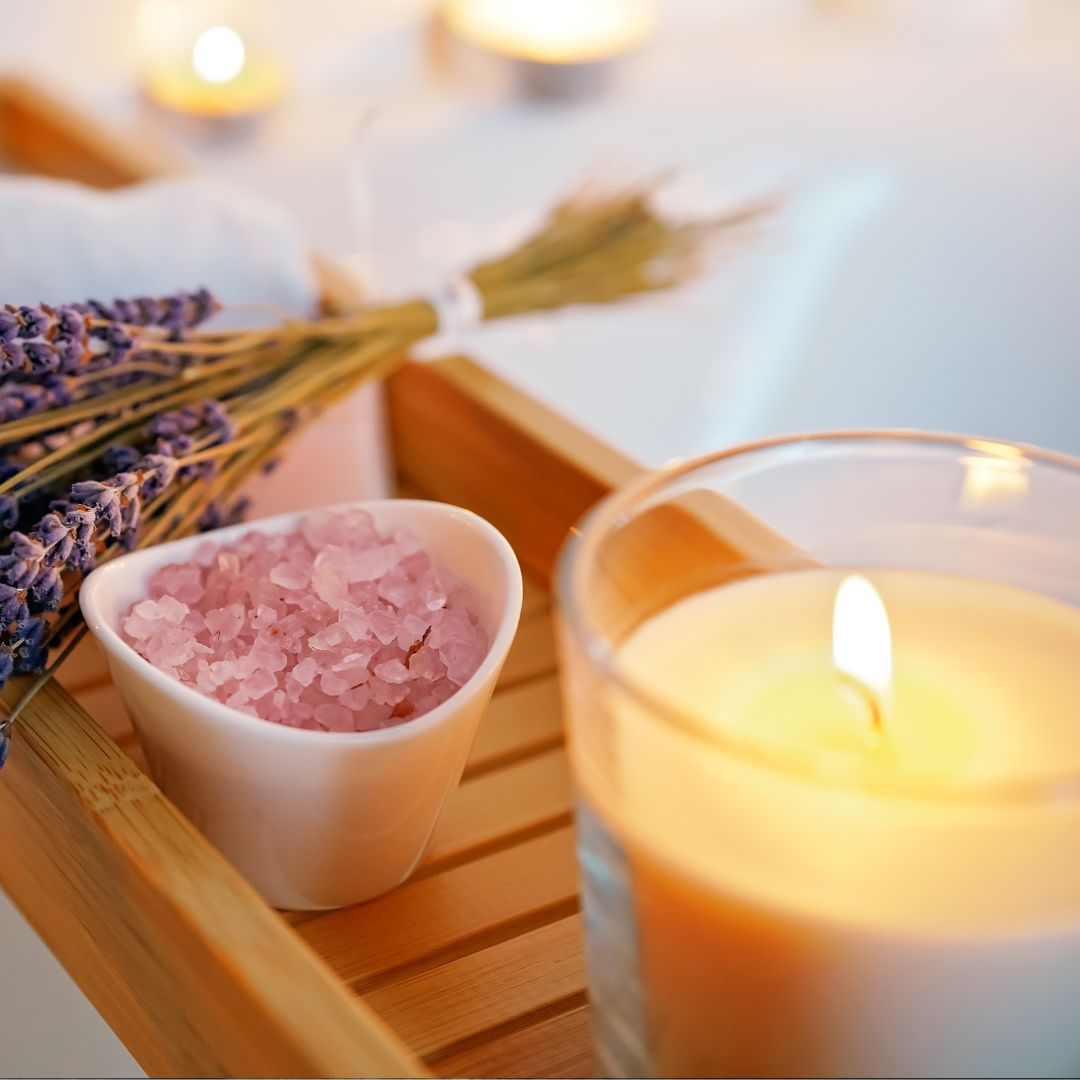Thai spa rituals are deeply rooted in centuries-old traditions, blending elements of Thai culture, spirituality, and holistic healing practices. These rituals are designed to promote relaxation, rejuvenation, and balance between the mind, body, and spirit. Here’s a deeper look into the secrets behind Thai spa rituals:
1. Traditional Thai Massage
- Ancient Healing Art: Thai massage, also known as Nuad Thai, is a therapeutic practice dating back over 2,500 years. It combines acupressure, assisted yoga postures, and deep stretching to release tension and improve flexibility. Unlike other forms of massage, Thai massage is performed on a mat on the floor, and the therapist uses their hands, thumbs, elbows, and feet to manipulate the body.
- Energy Flow: Thai massage focuses on stimulating the body's sen lines (energy pathways) to restore the natural flow of energy, promoting physical well-being and relaxation.
- Stress Relief: The massage is known for its ability to relieve stress, reduce muscle tension, improve circulation, and enhance flexibility, leaving the body feeling refreshed and recharged.
2. Herbal Compresses
- Herbal Healing: A key element in Thai spas is the use of herbal compresses made from a variety of fresh herbs, such as lemongrass, ginger, kaffir lime, turmeric, and turmeric root. These ingredients are known for their anti-inflammatory, soothing, and detoxifying properties.
- Application: The compresses are steamed and then applied to the body. The heat combined with the herbal oils penetrates deeply into the skin, helping to ease muscle tension, alleviate pain, and restore energy balance.
- Healing Properties: The use of specific herbs is believed to promote detoxification, relieve pain, improve circulation, and enhance skin health.

3. Aromatherapy and Essential Oils
- Scent for the Soul: Aromatherapy is a significant part of the Thai spa experience. Essential oils from native Thai flowers, fruits, and herbs are used to create calming and healing aromas. Oils like jasmine, ylang-ylang, and sandalwood are popular in Thai spa rituals.
- Psychological Benefits: The scents are chosen to promote emotional healing, reduce anxiety, and improve mood. For example, jasmine is believed to have soothing properties, while sandalwood promotes mental clarity and relaxation.
4. Thai Herbal Baths
- Purification and Detox: Herbal baths are a traditional way of cleansing the body and mind. Often infused with Thai herbs like lemongrass, pandan leaves, and jasmine, these baths help detoxify the body, improve circulation, and restore balance.
- Spiritual Rejuvenation: The bath not only promotes physical wellness but also offers spiritual benefits. It is thought to purify the soul and prepare the individual for inner peace and spiritual growth.
5. Lemongrass Scrubs and Exfoliations
- Revitalizing the Skin: Thai spa rituals often involve exfoliation using natural ingredients such as crushed rice, coconut, or lemongrass. Lemongrass, in particular, is known for its refreshing scent and skin-soothing properties.
- Exfoliation Benefits: The scrub removes dead skin cells, promotes circulation, and leaves the skin feeling soft, smooth, and revitalized.
6. Detoxifying Thai Teas and Herbal Drinks
- Internal Healing: Thai spa experiences often include the consumption of herbal teas or detox drinks made from native herbs. These beverages are crafted to cleanse the body, enhance digestion, and promote overall wellness.
- Herbal Ingredients: Common ingredients in Thai herbal drinks include pandan leaves, lemongrass, and ginger, known for their detoxifying, anti-inflammatory, and digestive benefits.
7. Balance and Harmony (Mind-Body Connection)
- Holistic Healing: Thai spa rituals are rooted in the belief that true health and wellness come from a balance between the mind, body, and spirit. Rituals such as meditation, breathing exercises, and quiet reflection often complement physical treatments.
- Calming Environment: The ambiance in Thai spas is designed to calm the senses. The use of soft lighting, soothing music, and natural elements like water and wood creates an environment conducive to relaxation and mental clarity.
8. Hot and Cold Therapies
- Thermal Healing: Thai spas sometimes combine hot and cold therapies to improve circulation, reduce muscle tension, and boost overall energy. The use of hot stones or steam rooms is common, followed by a cold plunge or cold compresses to invigorate the body and stimulate circulation.

9. Spiritual and Cultural Rituals
- Thai Rituals and Buddhism: Thai spa experiences are often infused with spiritual elements, particularly from Buddhism, which is the dominant religion in Thailand. Rituals may include the offering of prayers or incense, and treatments may be performed with an intention of providing physical, emotional, and spiritual healing.
- Mindfulness: Practicing mindfulness and being present during treatments is central to the Thai spa experience. The focus is on complete relaxation, allowing the body and mind to release stress and negativity.
10. Water and Thai Wellness
- Sacred Element: Water is seen as a sacred element in Thai culture and is often incorporated into the spa ritual to promote healing. From herbal water infusions used in baths to hydrotherapy treatments, water plays a key role in detoxification and relaxation.
Conclusion
Thai spa rituals are a fusion of ancient healing practices, mindfulness, and cultural traditions that focus on promoting physical, mental, and emotional well-being. By incorporating techniques such as Thai massage, herbal compresses, aromatherapy, and detoxifying treatments, these rituals aim to balance the body's energy, restore harmony, and provide a deeply relaxing experience. Whether you’re seeking stress relief, improved health, or spiritual rejuvenation, the secrets of Thai spa rituals offer a holistic path to wellness.

